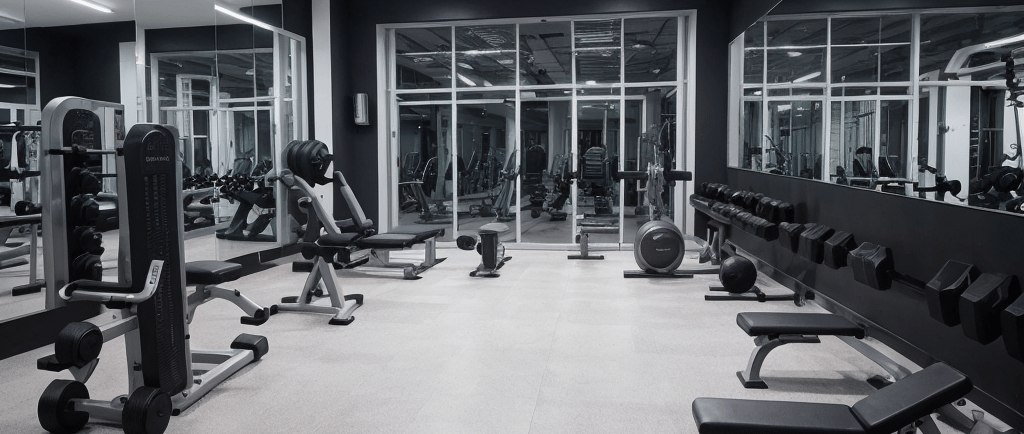Book your Free Hair Transplant Consultation Now! Call 0336 444 8238
How to Reduce Gynecomastia in the Gym
Reduce Gynecomastia with Gym & Lifestyle Tips
GYNECOMASTIA
Dr. Waqas Hayat Consultant Plastic Surgeon
3/12/20242 min read


Gynecomastia, commonly known as enlarged male breasts, can be a source of significant emotional discomfort and self-consciousness for many men. While certain cases may require medical or surgical intervention, there are ways to manage and possibly reduce gynecomastia through targeted exercises and lifestyle changes. In this blog, we will explore effective gym routines and health tips that could help in reducing the appearance of gynecomastia, based on current medical insights.
Understanding Gynecomastia
Gynecomastia is primarily caused by an imbalance of the hormones estrogen and testosterone. It can affect one or both breasts, sometimes unevenly. Aside from hormonal imbalances, gynecomastia can be influenced by factors such as obesity, certain medications, or medical conditions.
Key Exercises to Target Gynecomastia
Exercise can play a crucial role in managing gynecomastia, especially exercises that target the upper body and help in muscle building and fat loss. Here are some effective exercises you might consider including in your gym routine:
1. Strength Training
Bench Press: This classic exercise focuses on the chest, shoulders, and triceps. Performing the bench press with both barbells and dumbbells can help in building muscle mass in the chest area, which can make gynecomastia less noticeable.
Push-Ups: Push-ups are a versatile exercise that targets the same areas as the bench press but without the need for equipment. They can be modified to increase intensity or target specific muscle groups more effectively.
Dumbbell Flyes: These help stretch and contract chest muscles, aiding in muscle growth and definition.
2. High-Intensity Interval Training (HIIT)
HIIT sessions are effective in burning fat, which can indirectly reduce the appearance of gynecomastia by lowering overall body fat percentage. Activities could include sprinting, biking, rowing, or using an elliptical machine.
3. Cardiovascular Exercises
Regular cardio helps burn calories and reduce overall body fat. Aim for 150 minutes of moderate-intensity or 75 minutes of high-intensity cardio per week, as recommended by health guidelines.
Lifestyle Modifications for gynecomastia
While exercise is important, combining it with the right lifestyle choices can enhance the effects:
Balanced Diet: Focus on a diet rich in whole foods, lean proteins, and reduce intake of sugars and fats that can contribute to fat accumulation and hormonal imbalances.
Adequate Sleep: Aim for 7-9 hours of quality sleep per night, as poor sleep can affect hormone levels, potentially worsening gynecomastia.
Reduce Alcohol Intake: Alcohol can affect liver function and hormone levels, contributing to fat deposition and hormonal imbalances.
Stress Management: High levels of stress can alter hormone levels. Techniques such as yoga, meditation, or even regular exercise can help manage stress effectively.
Medical Consultation
It’s important to consult with a healthcare provider before starting any new exercise regimen, especially if you have underlying health conditions or concerns about gynecomastia. In some cases, if gynecomastia is persistent and significantly bothersome, surgical options such as liposuction or mastectomy might be considered.
Conclusion
Reducing gynecomastia through gym workouts and lifestyle changes is a viable option for many affected by this condition. By focusing on strength training, HIIT, and consistent cardiovascular exercises, and by making informed lifestyle choices, you can take meaningful steps towards managing and possibly reducing the effects of gynecomastia. Remember, the journey is personal and results vary; it's always best to work with healthcare professionals and certified trainers to tailor a plan that fits your specific needs.
